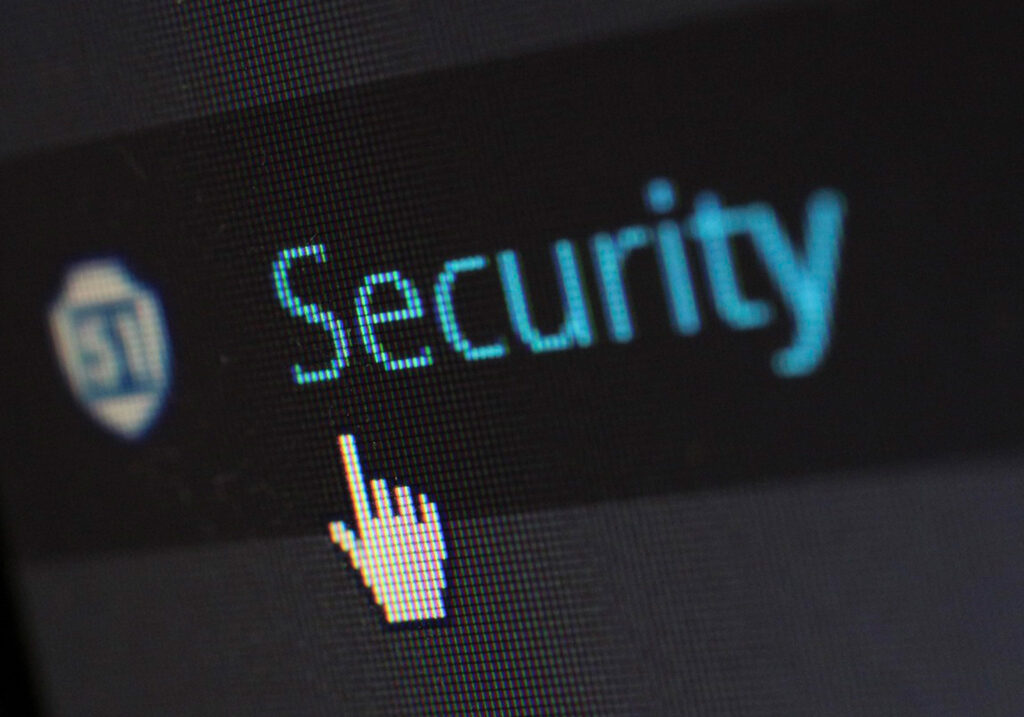Metal buildings may look imposing and impenetrable. When you have a metal building, it looks like you are inside an armored structure that no one can invade.
Unfortunately, like any structure, they are vulnerable to theft and vandalism if not properly secured. Criminals often target metal buildings because they are sometimes located in remote areas or used for storing valuable equipment, tools, and vehicles.
Securing a metal building involves a combination of physical barriers, security systems, and strategic planning to deter intruders and minimize the risk of loss or damage. Understanding the vulnerabilities of metal buildings and implementing the right security measures can protect your investment and provide peace of mind.
Assessing Security Risks
Assessing security risks is the first step in safeguarding a metal building against theft and vandalism. The location of the structure significantly impacts its vulnerability. Buildings in remote or rural areas often face a higher risk of break-ins because they are less likely to have frequent visitors or nearby witnesses. On the other hand, structures in urban settings are exposed to a different set of risks, such as higher foot traffic and opportunistic crimes. Understanding these environmental factors helps in determining the level of security needed and the specific threats that must be mitigated.
The type of assets stored within the metal building also plays a crucial role in assessing security risks. Expensive tools, machinery, vehicles, or valuable inventory naturally attract thieves, making them a target for break-ins. If a building houses high-value items, additional security measures such as reinforced locks, surveillance systems, and alarm monitoring become necessary. The presence of such valuables increases the likelihood of premeditated theft, meaning criminals may observe the property beforehand to identify weak points. Taking a proactive approach to security helps deter criminals before they attempt to break in.
Beyond location and contents, the design of the metal building itself can contribute to security vulnerabilities. A structure with multiple access points, unsecured windows, and inadequate lighting makes it easier for intruders to enter undetected. Weak or outdated locks further increase the risk, as they can be easily bypassed. Performing a security audit to identify weak areas—such as unsecured doors, lack of fencing, or blind spots in surveillance coverage—allows property owners to address potential entry points before they become an issue.
Reinforcing Doors and Windows
Doors and windows are the most common entry points for intruders, making them a priority when securing a metal building. Standard locks may not be sufficient, especially if the doors are made of lightweight materials. Investing in reinforced steel doors with heavy-duty deadbolts provides an added layer of security.
For additional protection, installing keypad entry systems or biometric locks can help control access. Keypad locks allow only authorized individuals to enter, and biometric systems, such as fingerprint scanners, ensure that access is limited to specific personnel.
Windows, if present, should be secured with shatterproof glass or metal security bars. Window locks and alarm sensors can further deter break-ins. If the building does not require natural light, covering windows with security film or eliminating them altogether can reduce vulnerabilities.
Installing a Security Alarm System
A security alarm system is one of the most effective ways to deter thieves and vandals. Modern alarm systems are equipped with motion sensors, door and window alarms, and remote monitoring capabilities. When an unauthorized entry is detected, the system triggers an audible alarm and notifies the property owner or security company.
Wireless security systems are particularly beneficial for metal buildings since they do not require extensive wiring and can be connected to a smartphone or computer for real-time monitoring. Many alarm systems also integrate with CCTV cameras, providing both an alert system and recorded evidence in case of an intrusion.
Using Surveillance Cameras
Security cameras serve as both a deterrent and a way to gather evidence in case of theft or vandalism. Installing high-quality surveillance cameras around the perimeter of the metal building ensures that all entry points are monitored. Cameras with night vision and motion detection capabilities provide added security during low-light conditions.
Positioning cameras at strategic locations, such as entrances, corners, and high-traffic areas, increases their effectiveness. Some surveillance systems offer cloud storage and remote access, allowing property owners to check live footage from anywhere. Posting signs indicating that the area is under video surveillance can further deter potential criminals.
Enhancing Exterior Lighting
A well-lit property is less attractive to intruders. Darkness provides cover for criminals, making it easier for them to break in undetected. Installing motion-activated floodlights around the metal building can startle potential intruders and draw attention to their presence.
Lighting should cover all entry points, driveways, and surrounding areas. Solar-powered lights are an excellent option for locations without direct access to electricity. Timed lighting systems that turn on and off at set intervals can also create the illusion of occupancy, making the building less appealing to criminals.
Securing the Perimeter
Securing the area around the metal building adds an extra layer of protection. A sturdy fence with a locked gate can prevent unauthorized individuals from accessing the property. Chain-link fences, barbed wire, or electric fencing can serve as effective deterrents, especially for high-risk areas.
For properties with larger perimeters, installing motion sensors or driveway alarms can provide an early warning system if someone approaches the building. Planting thorny bushes or dense landscaping around vulnerable areas can also create a natural barrier against intruders.
Locking Down Valuable Equipment
If the metal building is used for storage, securing valuable items inside is crucial. Heavy equipment, tools, and vehicles should be locked with security cables, padlocks, or anchor points to prevent theft. Portable items should be stored in lockable cabinets or safes.
Installing a cage or partitioned security area within the building adds an extra layer of security for high-value items. Even if an intruder gains access to the metal building, they will face additional obstacles before reaching valuable possessions.
Using Security Signage and Decals
Sometimes, the appearance of security measures is enough to deter criminals. Placing security signs and warning decals around the building can make intruders think twice before attempting a break-in. Signs that indicate 24-hour surveillance, alarm systems, or guard dogs can be effective deterrents, even if the security system is not fully visible.
Decals placed on doors and windows can also reinforce the perception that the building is heavily secured. When criminals see visible security warnings, they are more likely to move on to an easier target.
Implementing Access Control Measures
Limiting access to the metal building reduces the risk of unauthorized entry. If multiple people need access, using keycards, access codes, or security badges can help track who enters and exits the building. Changing access codes regularly minimizes the risk of old codes falling into the wrong hands.
For commercial or industrial buildings, installing a logbook or electronic entry system can provide a record of all visitors and personnel accessing the site. This accountability discourages internal theft and ensures that only authorized individuals can enter.
Strengthening the Roof and Walls
While doors and windows are the most common entry points, intruders may attempt to break in through weaker sections of the roof or walls. Metal buildings should be constructed with thick gauge steel or reinforced panels to prevent forced entry.
Securing roof access points, such as vents or skylights, is also essential. Adding internal reinforcements and structural bracing can make it more difficult for intruders to breach the building. In areas prone to vandalism, applying anti-graffiti coatings can help protect the exterior from damage.
Conducting Regular Security Audits
Security measures should be regularly reviewed and updated to address new threats. Conducting security audits helps identify weaknesses in the current setup. Checking for damaged locks, malfunctioning cameras, or gaps in fencing ensures that all protective measures remain effective.
Routine inspections should also include testing alarm systems, checking lighting, and reviewing surveillance footage for any suspicious activity. Staying proactive with security maintenance helps prevent potential break-ins before they occur.
Engaging the Local Community
An often-overlooked security measure is involving the local community. Neighborhood watch programs and cooperative security efforts can provide an extra layer of vigilance. If the metal building is part of a residential property or business complex, maintaining good relationships with neighbors and security personnel can help increase awareness of suspicious activity.
For businesses, hiring on-site security personnel or working with a local security firm can further enhance protection. Involving law enforcement through routine patrols or security consultations can also help deter crime.
Conclusion
Securing a metal building against theft and vandalism requires a comprehensive approach that combines physical security, technology, and strategic planning. Reinforcing entry points, installing surveillance systems, enhancing lighting, and securing valuables inside the building all contribute to creating a strong defense against criminals.
By regularly assessing security risks, implementing protective measures, and staying proactive with maintenance, property owners can safeguard their metal buildings and ensure that their valuable assets remain protected. Whether used for storage, business, or personal use, taking the right security steps helps provide peace of mind and long-term protection.

